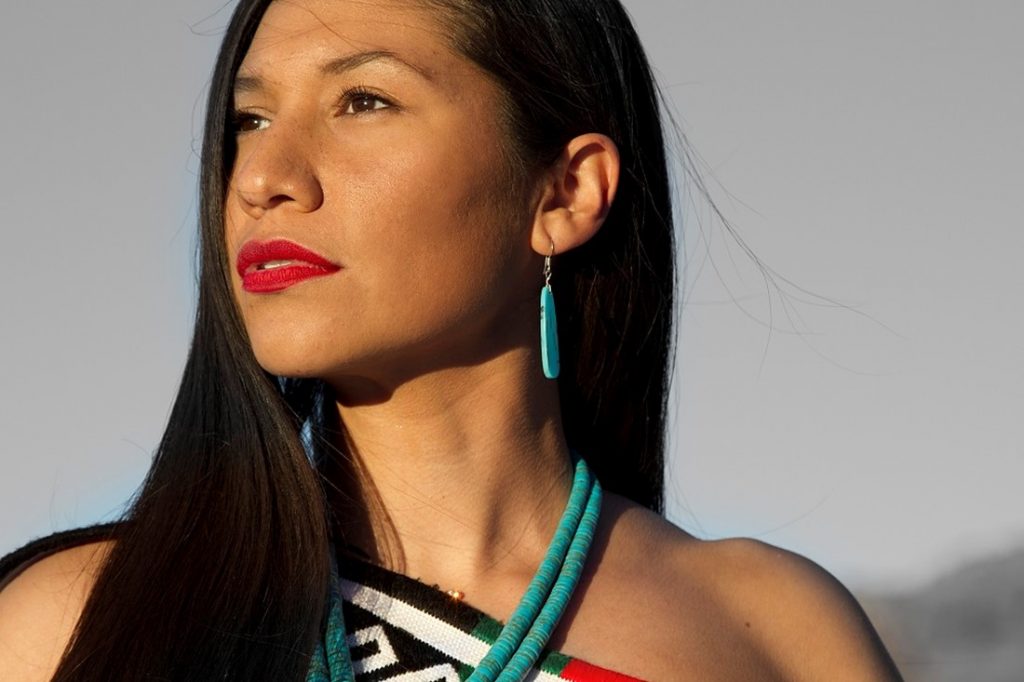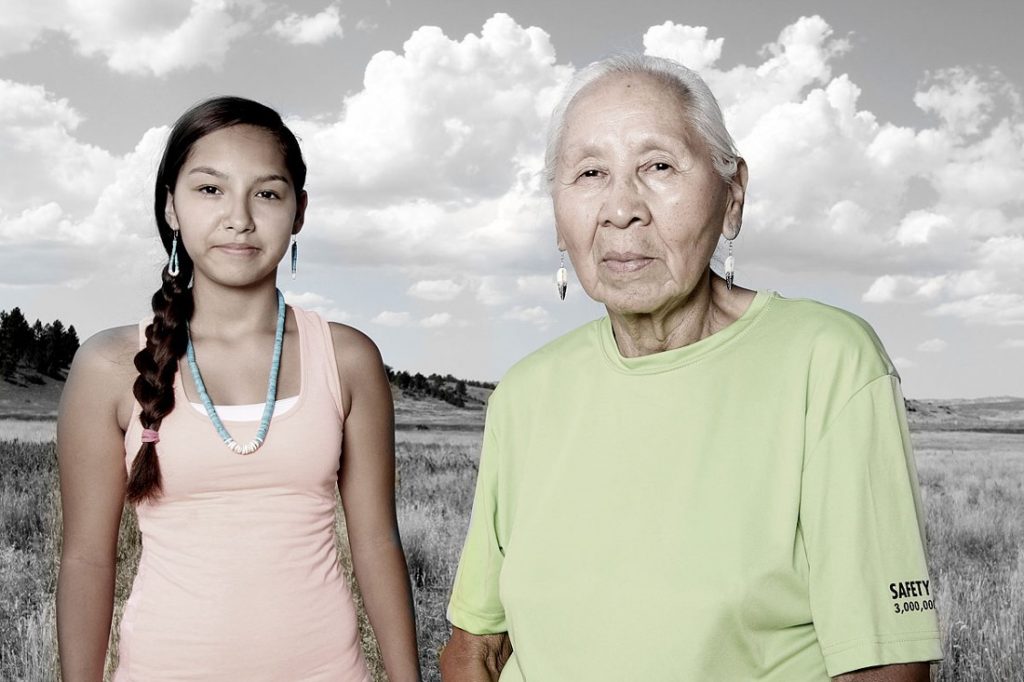Biographical Timeline | Leadership Qualities | Ainu Sovereignty | References
Unwavering on her values– Matika continuously stays grounded in her values. One of her strongest held values is that of tradition. She values the traditions of her people and carries them with herself everywhere she goes. Whenever Matika does any public speaking she will end with a prayer to the creator. She never lets go of her traditional ways. Another one of her values is family. Despite Matika having a crazy schedule she always makes time for her family. Especially now that she has a child, family has become even more a core value for her. Her commitment to honoring the youth is another value that is tightly held by Matika. She loves to speak at tribal youth conferences because she sees them as an opportunity to remind the youth of how great it is to be indigenous which in turn boosts Native youth’s self esteem. That is one of the best ways to honor your youth by making them feel better about themselves and their culture. Matika’s values are what make her a great human being and the fact that she does not waiver from these values proves that she is a phenomenal Indigenous leader.

Connecting Generations– In her work Matika displays the wonderful qualities of connecting generations. As a K-12 teacher she offered native youth an opportunity to learn and create their own art but she realized that Native kids struggled to believe they could do anything creative because of the image of Native Americans portrayed in the media. Matika then decided that something needed to be done and by using her photography skills she created Project 562. When she created Project 562, her goal was to change the way Indian Country/ Native America was being portrayed. By traveling all over native country and talking to the people she photographs, she learns more and more about the beauty of being Indigeous. She takes stories from each person she photographs and takes their histories. When she sits down with some of the elders of different tribes Matika encourages not only the youth but teens and adults of that tribe to sit and listen a s well. By having the youth, teens, and adults hear these oral histories and lessons from their elders, Matika is bringing the generations together and breaking down the social barriers between them.

Fights against erasure– Matika’s devotion to both her Native heritage and cultural preservation are demonstrated through her efforts of photography activism. Her projects are based on transcribing the traditional knowledge of tribal members and descendants. Storytelling is the core element of American Indian culture, and by recording the stories of tribal members, she protects the life of the histories of the Native Peoples. She preserves indigeneous languages and historical moments through her efforts of hearing organic dialogue from tribes and photographing places that have significance. Matika illustrated the Wounded-Knee massacre, which took hundreds of innocent Lakota lives, and forever remains a traumatic and horrifying moment in Native history. She represented the impact and resilience of these Indigenous Peoples by photographing a Lakota member now at the site of this atrocity that affected their ancestors. These photos along with all of her other photos that are part of her project testify to the strength of Native Peoples both past and present. The photos also combat the “Vanishing Indian” stereotype because the photos are of modern day American Indians. The “Vanishing Indian” stereotype is based on the idea that Native Peoples only existed in the past and Matika’s photos from Project 562 demonstrate the exact opposite. Matika Wilbur’s work allows American Indians and their culture to never disappear.
